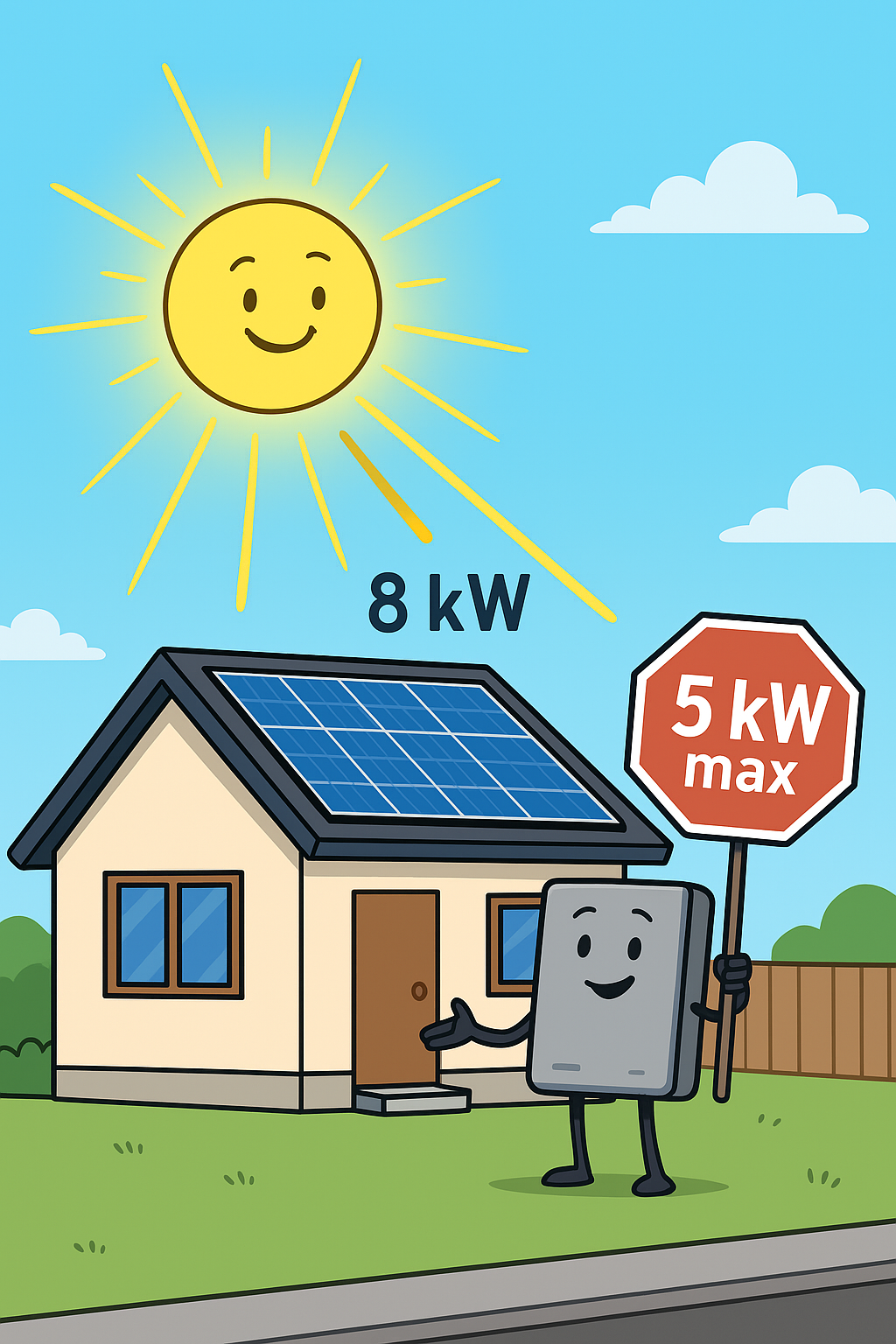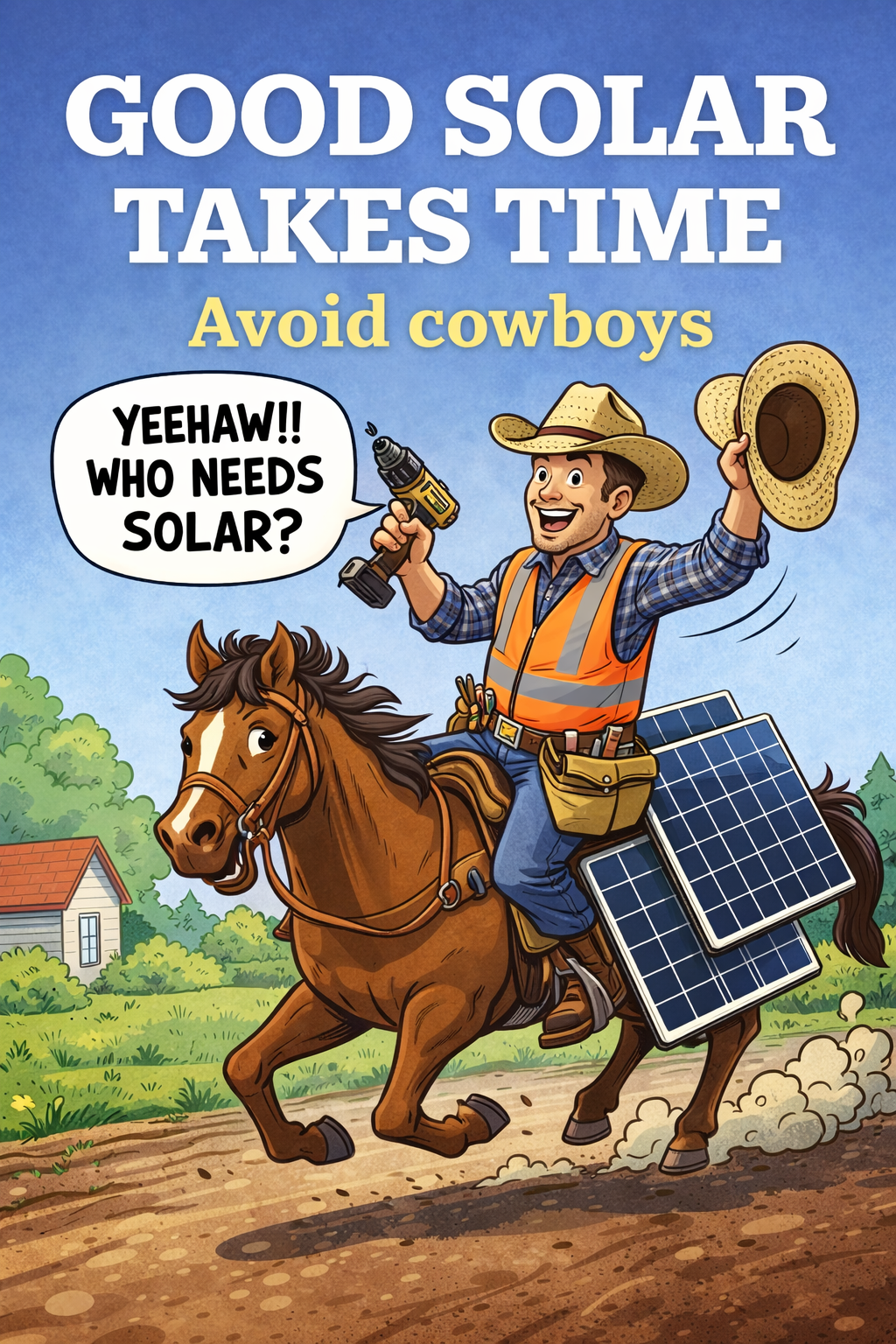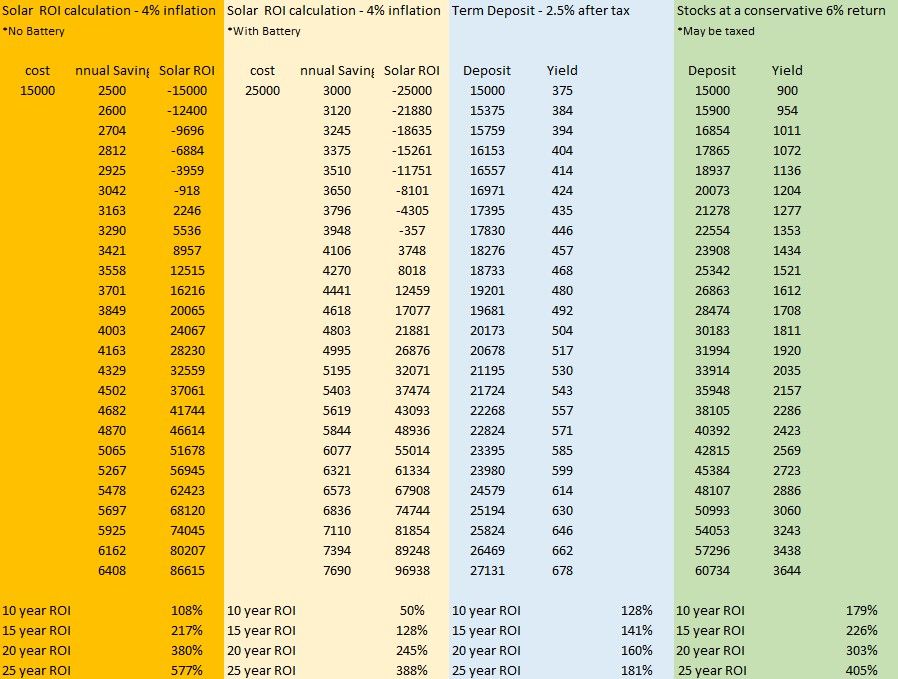In the real world, you can get smacked around by export limits, retailer offers, and cloudy winters faster than you can say “bloody power company."

How Many Solar Panels Do I Need?
Ah, the golden question. “How many panels do I need?” It’s usually the first thing people ask, and the truth is: there’s no one-size-fits-all answer. But there is a simple rule of thumb you can use to size your system smartly — without ending up with too few panels (pointless) or too many (wasted).
Let’s break it down.
The “Half the House” Rule (Your Bare Minimum)
Most Kiwis either plan on getting a battery straight away or adding one later. If you’re in that camp (and you probably are), then your first design goal should be:
👉
Enough panels to power half the house in winter.
Why half? Because in a power cut, half the house is all you really need: the lights, Wi-Fi, fridge, freezer, and a bit extra on a sunny day. That’s your survival kit.
And here’s the kicker — if you size for at least half the house in winter, you also maximise your annual savings without smashing into export limits in summer. In other words, you’ve got resilience and efficiency covered.
In most cases, we start our solar design using the below framework, and then work our way up while swinging within the guard rails of export limits and your homes actual summer usage.
Sun Hours Explained (The Secret Sauce of Solar Math)
Solar geeks like us talk in “sun hours.” But don’t get the wrong idea: one sun hour doesn’t mean the sun is blazing for just 60 minutes. It’s actually a metric — the equivalent of one solid hour at full sunshine.
In reality, one sun hour often takes two or three hours to “add up,” depending on cloud cover and time of year.
- Winter in NZ: ~2.5 sun hours a day (but we design off 2, because it’s cloudy and we’d rather not under-shoot).
- Summer in NZ: ~5 sun hours a day, sometimes more.
So, think of it like this: panels produce energy based on sun hours, not clock hours. That’s why solar output changes so much between June and January.
Quick Math: Sizing to Power Half the House
Here’s the simple formula we use:
Winter daily usage ÷ 2 (for half the house) ÷ 2 again (for 2 sun hours).
Example:
- A household uses 30kWh on a winter day.
- Half the house = 15kWh.
- With 2 sun hours, you need a system that generates 15kWh ÷ 2 = 7.5kW.
So, a 7.5kW solar system is the bare minimum for this household if they want to back up half the house and make the economics work.
Export Limits: The Invisible Ceiling
Here’s the bit most people don’t get until it’s too late.
In most parts of NZ, the grid only lets you export 5 kW per phase, per hour.
That’s it. Doesn’t matter how many panels you’ve got — the inverter just
chops off anything above the cap. You don’t get paid peanuts for it. You get nothing.
- Single-phase homes: Export limit is generally 5 kW per hour. So if your system’s bigger than about 8–10 kW, you're at risk of spilling energy in summer.Not fun.
- Three-phase homes: Export limit is generally 10 - 15 kW per hour. Some in some cases your system can sensibly go up to 15–20 kW, but no more without wasting generation.
And another fun twist: many retailers only offer their best buyback rates if your inverter is 10 kW or smaller. Go too big, and you’re stuck on their “meh” rates — or locked out of a plan entirely.
How Panel Direction & Batteries have an impact
How your panels face changes how much DC you can hang off a given inverter before “clipping” (wasting potential).
On a single-phase system:
- All panels one direction (e.g., all north):
- Up to 9 kW of panels without a battery
- Up to
11 kW
with a DC-coupled battery (battery soaks peaks, minimising clipping)
- Panels split across directions (e.g., east/west/north):
- Up to 11 kW without a battery
- Up to 14 kW with a DC-coupled battery and some smart charge schedules.
On a 10 kW three-phase inverter (To maximise the highest buyback rates):
- All panels one direction (e.g., all north):
- Up to 12 kW of panels without a battery
- Up to
14 kW
with a DC-coupled battery (battery soaks peaks, minimising clipping)
- Panels split across directions (e.g., east/west/north):
- Up to 14 kW without a battery
- Up to 16 kW with a DC-coupled battery
Why DC-coupled helps: the battery can absorb DC peaks before the inverter, so fewer losses and less clipping. AC-coupled batteries can still be great, but they won’t tame DC peaks the same way — and they don’t change the grid export cap.
So… How Many Panels Do You Need?
The boring but true answer: it depends. But the simple rules are:
- Cover at least half the house in winter. That’s your bare minimum.
- Size using 2 sun hours, not 5. Winter is what really counts.
- Watch the export limits. Rejecting Sunshine has zero payoff.
- Panel placement + batteries matter. It’s not just about the number of panels, but how you wire them in.
Adding “as much as you can” is great — if export limits and inverter rules don’t choke your savings.
The Final Word
Solar isn’t about panel counts. It’s about smart design.
Too small, and you’ve wasted your money. Too big, and you’ve wasted your power. But get it right — sized for winter resilience and summer efficiency — and you’ve got a system that keeps your lights on, your bills down, and your fridge humming even in a blackout.
That’s the sweet spot.



